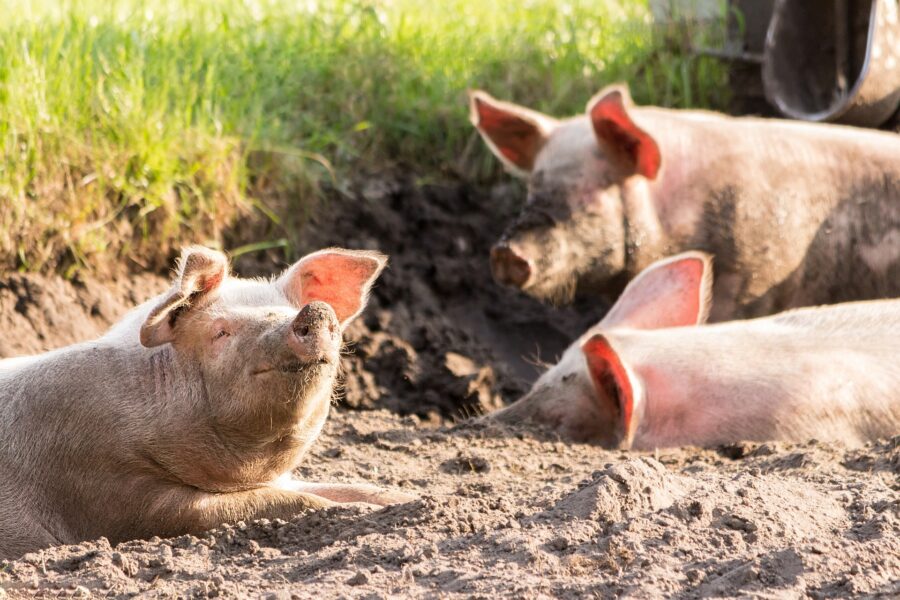Radioactive Pigs On The Loose And Scientists Know Why

Science Alert reports that there is a prevalence of radioactive pigs in southeastern Germany, and new research has found the culprit responsible for the ongoing contamination. Evidence suggests that nuclear fallout from both the 1986 Chernobyl disaster and nuclear weapons testing that took place in the 1960s has contaminated the wild boar’s food sources, which explains why we have radioactive pigs, but not radioactive birds or frogs.
Wild boars in Germany have proven to be radioactive, likely as a result of both the Chernobyl disaster and fallout from nuclear weapons testing.
What’s most perplexing about the ongoing contamination is that wild boars have been more susceptible to being contaminated by cesium-135 and cesium-137 isotopes than other animals, leading researchers to refer to this phenomenon as the “wild boar paradox.”
The radioactive presence found in our tusked pig friends is largely attributed to the fact that fallout from both the Chernobyl incident and nuclear weapons testing has contaminated the Bavarian soil. Wild boars have a penchant for underground truffles, which are in direct contact with this cesium contaminated soil.
While experts had reason to believe that the Chernobyl incident was the direct cause of the contamination, new evidence suggests that we’re dealing with a mixed contamination.
Breaking it down to brass tacks, about a quarter of the sampled radioactive pigs are contaminated from the nuclear weapons testing.

By testing the cesium levels across 48 samples of radioactive pig meat from 2019 to 2021, scientists were able to break down the ratio of contamination. By breaking down the ratio of cesium-135 and cesium-137, researchers have ascertained that a high ratio indicates nuclear weapon explosions, and a low ratio indicates nuclear reactors as the likely source.
The dangerously high levels of cesium contamination in these radioactive pigs has contributed to overpopulation issues because their meat isn’t safe for human consumption.
Cesium-137 has a half-life of about 30 years, and cesium-135 has a half life of about two million years because it’s a much more stable isotope. Both isotopes are a result of nuclear fission, and in the case of the region in question, both instances of nuclear fallout combined can establish a timeline of contamination with a high degree of accuracy.
In other words, radioactive pigs that had more cesium-135 than cesium-137 in their system were likely contaminated by the nuclear weapons testing of the 1960s, and the opposite is true for radioactive pigs that were contaminated by fallout from the Chernobyl incident.
Breaking it down to brass tacks, about a quarter of the sampled radioactive pigs are contaminated from the nuclear weapons testing.
The dangerously high levels of cesium contamination in these radioactive pigs has contributed to overpopulation issues because their meat isn’t safe for human consumption. Hunters have had to back off seeking out wild boars, meaning not only is there a problem with radioactive pigs, but they’re also increasing in volume because hunting for their meat has been discouraged.
Considering that radioactive pigs are so present in the Bavarian ecosystem after nuclear weapons testing from the 60s, as well as the 1986 Chernobyl incident, we can’t help but wonder if gravitating toward using nuclear power is a safe solution for the world’s energy crisis.
We’re talking about incidents that happened 60-80 years ago that are still posing a threat to our environment. If our wildlife is still being adversely affected by nuclear fallout from decades ago, then we have to err with caution if we want to continue utilizing nuclear power as a source of energy.











